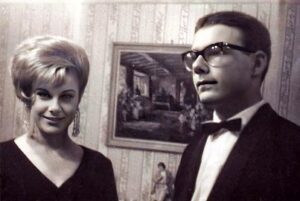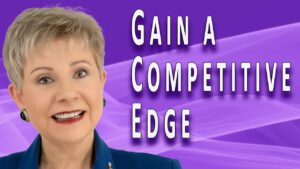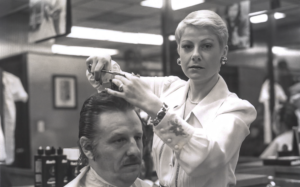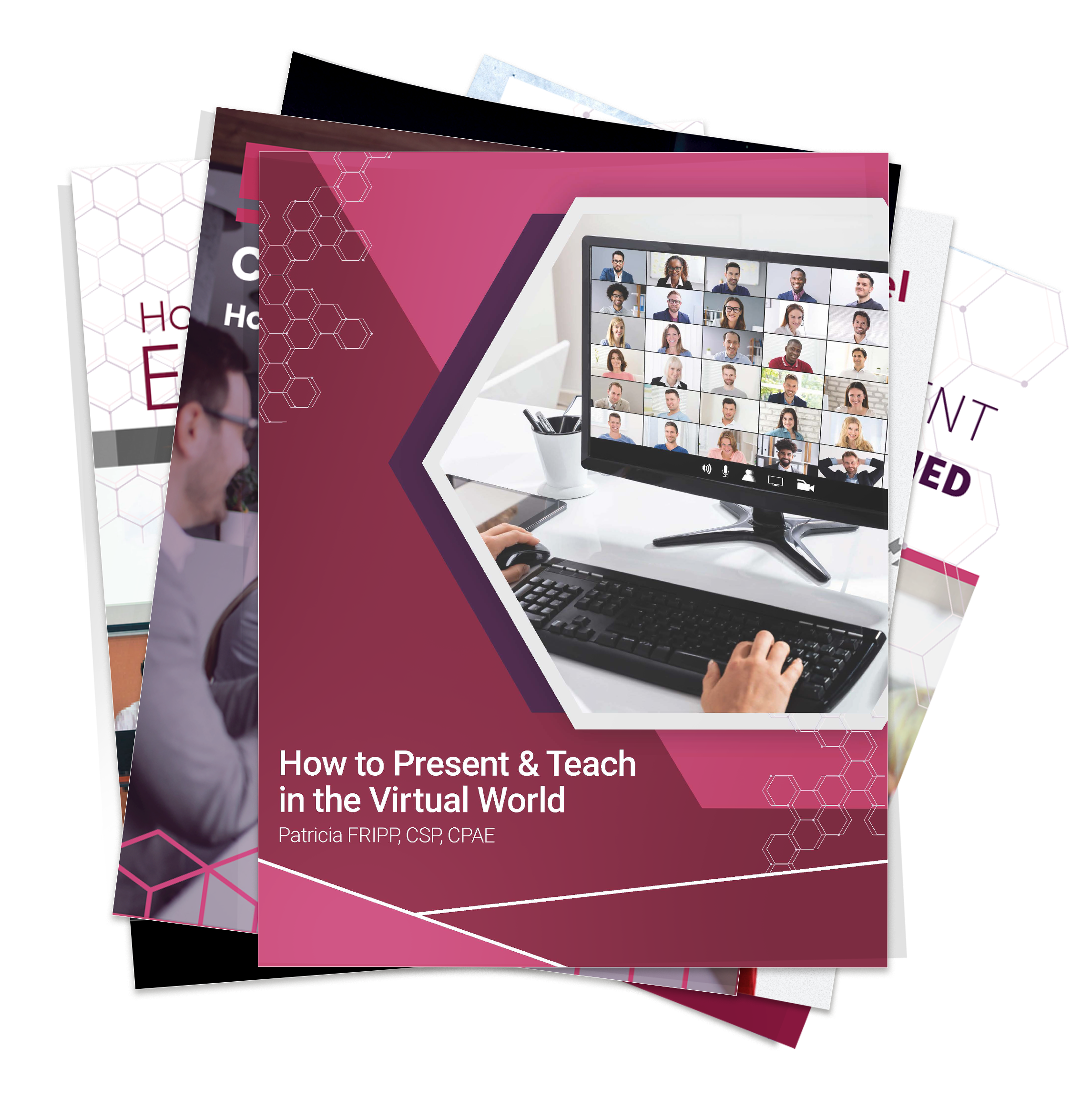Accepting an award is like walking a tightrope.
You need to be gracious, grateful, and humble, yet not so humble or self-deprecating that the audience thinks you are trivializing the honor. In general, Academy Award speeches are not the best examples of great acceptance speeches.
There are, however, many unforgettable moments.
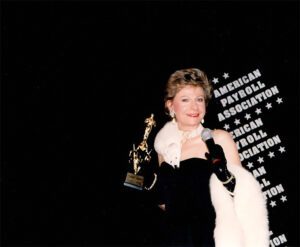
A few of my personal favorites:
When Russell Crowe won an Oscar for The Gladiator (2000), he dedicated it to “Everyone who has seen the downside of disadvantage.” Then he won the 2002 Golden Globe Award for A Beautiful Mind. First, he gave credit to the characters in the film, offering special thanks to “John and Alicia Nash, for living such an inspirational love story.” He added, “A Beautiful Mind is just a movie, folks, but hopefully it will help us open our hearts to believe that something extraordinary can always happen in our lives.” Wow! His use of alliteration ‘downside of disadvantage’ makes my toes tingle and my eyes water.
It’s okay to be excited. The audience is on your side.
Sally Field’s joy when she won the 1979 Academy Award for Norma Rae has never been forgotten: “You like me! You really like me!”
And when she won the 1987 Oscar for Moonstruck, Cher said, “I know this does not mean I am somebody, but I am on my way to becoming somebody.”
Read More...
